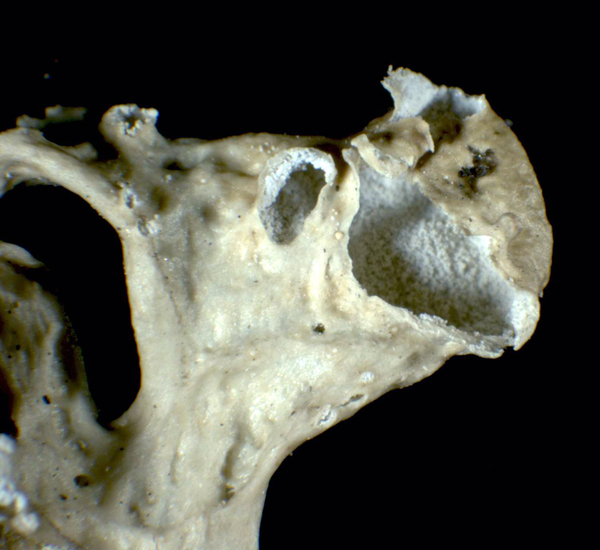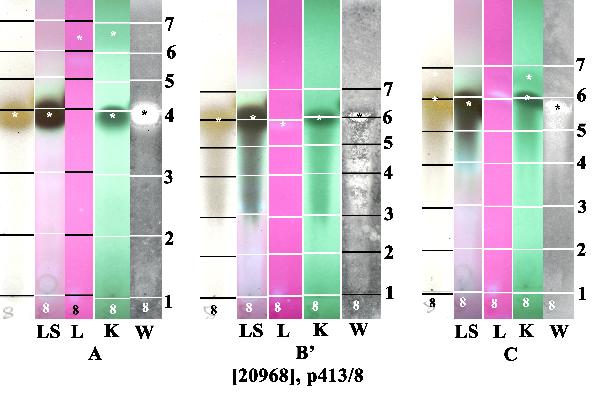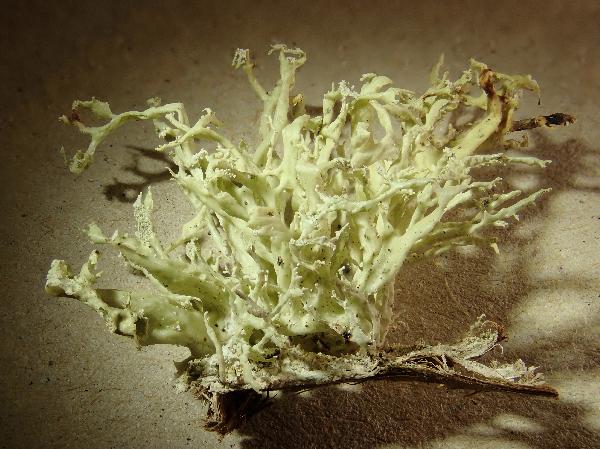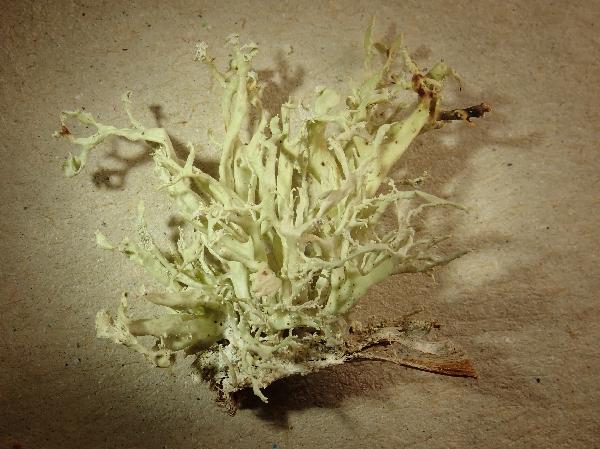Ramalina obtusata (Arnold) Bitter
Pringsheim Jahrb. wiss. Bot., 36: 435, 1901. Basionym: Ramalina minuscula var. obtusata Arnold - Verh. zool.-bot. Ges. Wien, 25: 472, 1875.
Synonyms: Ramalina baltica auct. p.p. non Lettau
Distribution: N - Frl, Ven (Nascimbene & Caniglia 1997, 2003c, Caniglia & al. 1999, Nascimbene & al. 2009c, Nascimbene 2011, Ravera & al. 2022), TAA (Nascimbene 2006b, 2008b, 2014, Nascimbene & al. 2006, 2006e, 2007b, 2009, 2010, 2014, 2022, Stofer 2006, Nascimbene & Marini 2015, Nimis & al. 2015, Trindade & al. 2021), Emil (Ravera & al. 2021b). C - Mol (Nimis & Tretiach 1999, Caporale & al. 2008). S - Camp (Aprile & al. 2003b, Garofalo & al. 2010).
Description: Thallus fruticose, greenish to greenish grey, glossy when wet, shrubby, shortly tufted, 4-6 cm tall, the laciniae (1-)2-4 mm wide, inflated and more or less pellucid, fistulose and hollow inside in upper part, usually without side branches, single or more rarely several from the same narrow basal holdfast. Soralia common, mainly developed within terminal or subterminal vesicles, labriform to helmet-shaped, with farinose soredia. Cortex 2-layered, the outer part paraplectenchymatous, the inner part cartilaginous; medulla very lax, arachnoid. Apothecia extremely rare, lecanorine (not observed in Italian material). Photobiont chlorococcoid. Spot tests: cortex K-, C-, KC+ pale yellow, P-, UV-; medulla KC-. Chemistry: cortex with usnic acid, medulla with obtusatic and evernic acids. Note: a cool-temperate to southern boreal species found on old conifers, more rarely on deciduous trees and shrubs in cold-moist, but open montane forests; probably more widespread, but never common, in the mountains. It is included in the Italian red list of epiphytic lichens as “Vulnerable” (Nascimbene & al. 2013c).
Growth form: Fruticose
Substrata: bark
Photobiont: green algae other than Trentepohlia
Reproductive strategy: mainly asexual, by soredia, or soredia-like structures (e.g. blastidia)
Commonnes-rarity: (info)
Alpine belt: absent
Subalpine belt: extremely rare
Oromediterranean belt: absent
Montane belt: very rare
Submediterranean belt: absent
Padanian area: absent
Humid submediterranean belt: absent
Humid mediterranean belt: absent
Dry mediterranean belt: absent

Predictive model
Herbarium samples
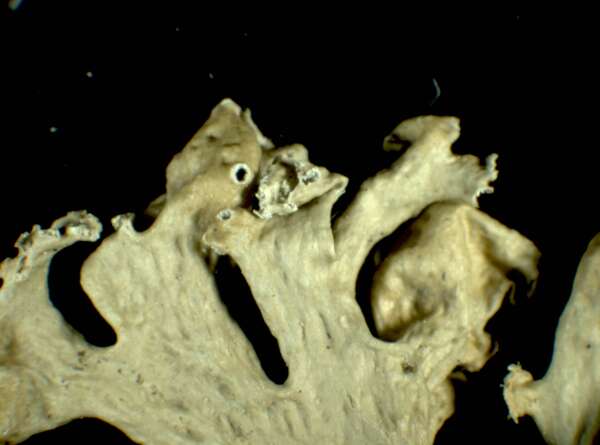

P.L. Nimis; Owner: Department of Life Sciences, University of Trieste
Herbarium: TSB (11905)
2001/12/04


Juri Nascimbene; Owner: Department of Life Sciences, University of Trieste
Italy, Trentino-Alto Adige, Trento, Villa Welsperg, Centro Visitatori del Parco di Paneveggio; altitude: 1030 m
03.04.2009
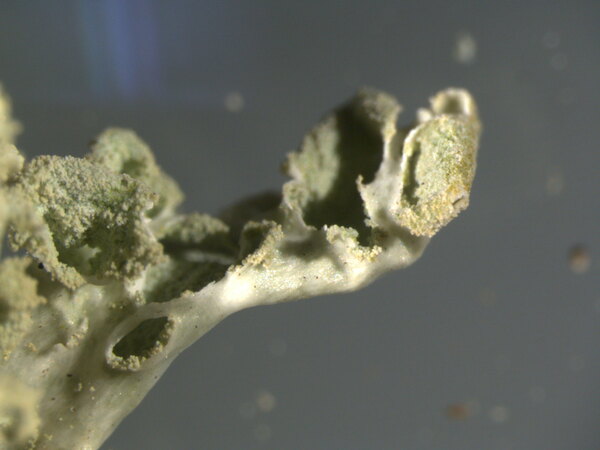

Juri Nascimbene; Owner: Department of Life Sciences, University of Trieste
Italy, Trentino-Alto Adige, Trento, Villa Welsperg, Centro Visitatori del Parco di Paneveggio; altitude: 1030 m
03.04.2009
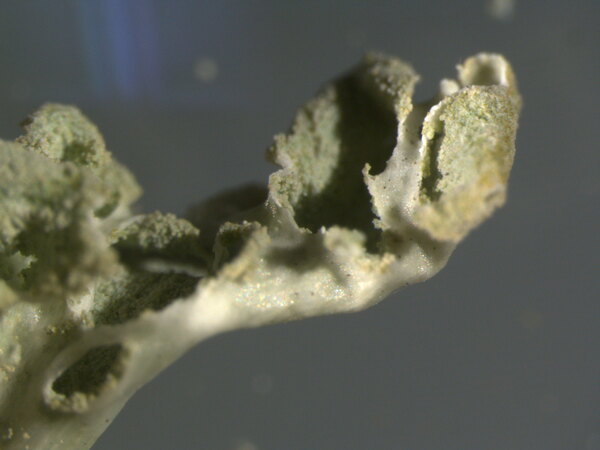

Juri Nascimbene; Owner: Department of Life Sciences, University of Trieste
Italy, Trentino-Alto Adige, Trento, Villa Welsperg, Centro Visitatori del Parco di Paneveggio; altitude: 1030 m
03.04.2009
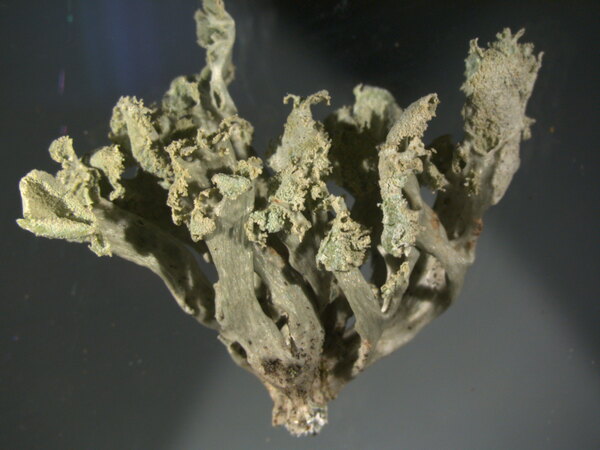

Juri Nascimbene; Owner: Department of Life Sciences, University of Trieste
Italy, Trentino-Alto Adige, Trento, Villa Welsperg, Centro Visitatori del Parco di Paneveggio; altitude: 1030 m
03.04.2009
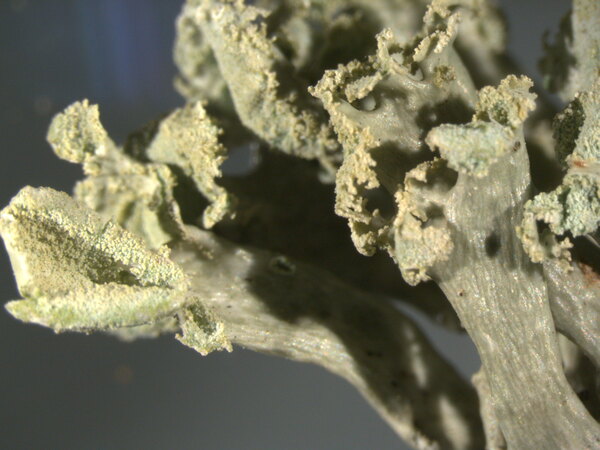

Juri Nascimbene; Owner: Department of Life Sciences, University of Trieste
Italy, Trentino-Alto Adige, Trento, Villa Welsperg, Centro Visitatori del Parco di Paneveggio; altitude: 1030 m
03.04.2009
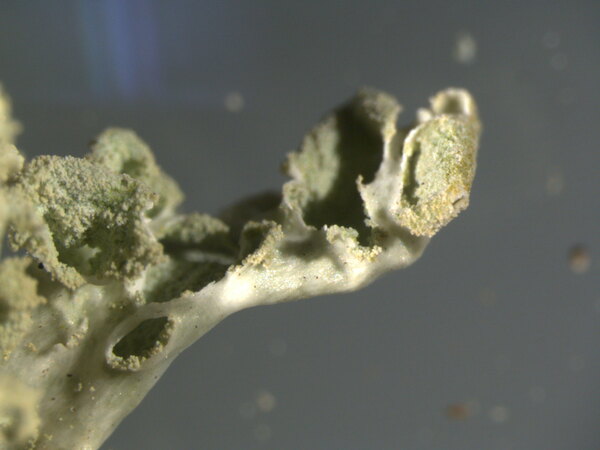

Juri Nascimbene; Owner: Department of Life Sciences, University of Trieste
Italy, Trentino-Alto Adige, Trento, Villa Welsperg, Centro Visitatori del Parco di Paneveggio; altitude: 1030 m
03.04.2009
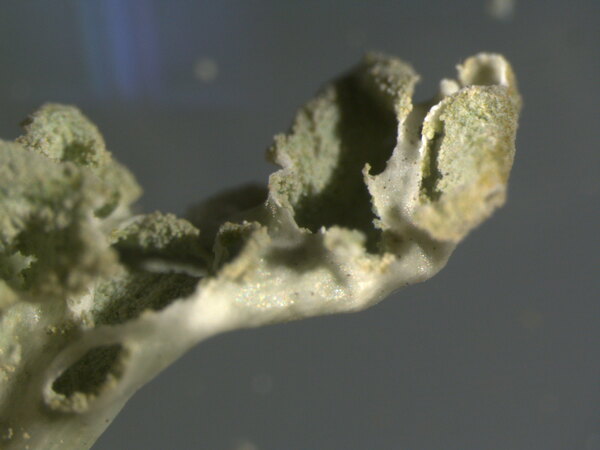

Juri Nascimbene; Owner: Department of Life Sciences, University of Trieste
Italy, Trentino-Alto Adige, Trento, Villa Welsperg, Centro Visitatori del Parco di Paneveggio; altitude: 1030 m
03.04.2009
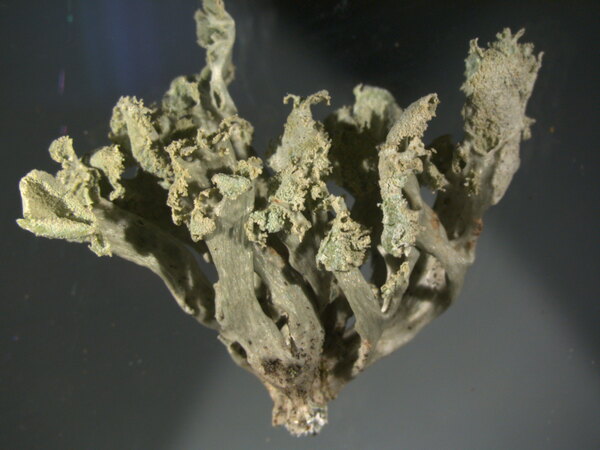

Juri Nascimbene; Owner: Department of Life Sciences, University of Trieste
Italy, Trentino-Alto Adige, Trento, Villa Welsperg, Centro Visitatori del Parco di Paneveggio; altitude: 1030 m
03.04.2009
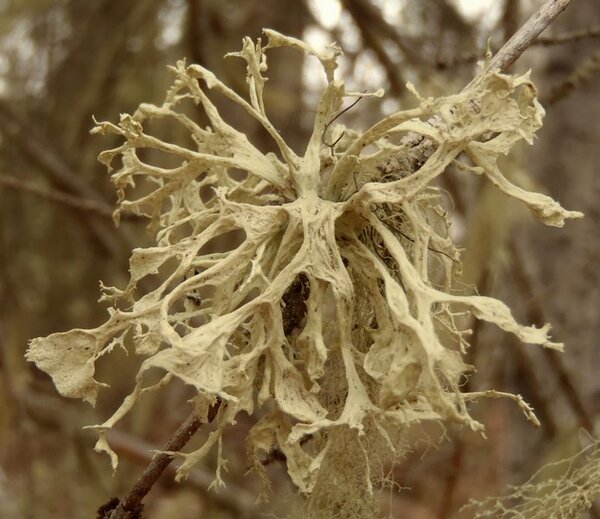

Curtis Randall Björk – CC BY-SA 4.0
British Columbia, Clearwater Valley Date: 2012-04-09 On Picea twig in mixe conifer-deciduous forest
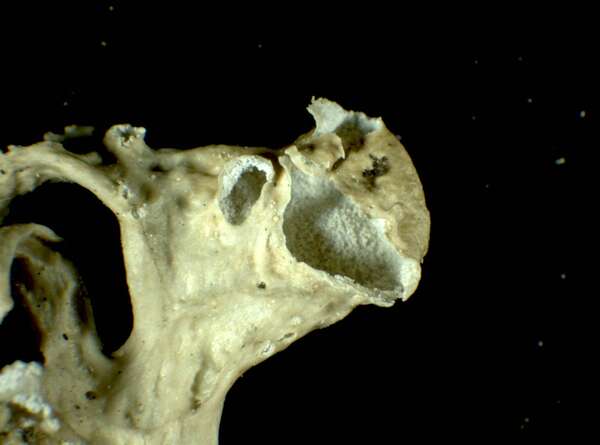

P.L. Nimis; Owner: Department of Life Sciences, University of Trieste
Herbarium: TSB (11905)
2001/12/04
detail of soralium


Felix Schumm - CC BY 4.0
[VZ2316], Austria, Carinthia, montes Gurktaler Alpen,
Nockgebiet,Radenthein, in valle Langalmtal, prope hospitium Veidlhütte,
1400 m. Ad corticem arborum. Leg. R. Türk et H. Wittmann. EX A.
V ZDA: LICHENES SELECTI EXSICCATI NR. 2316
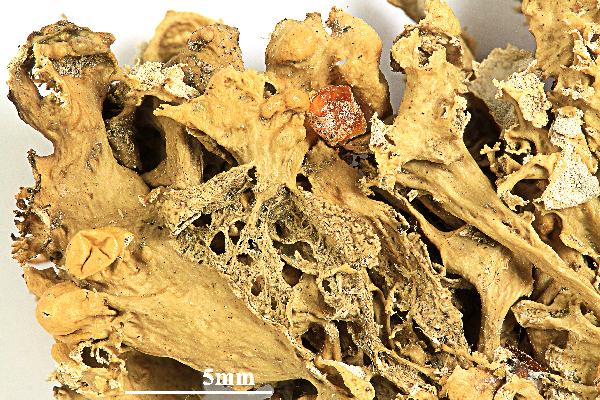

Felix Schumm - CC BY 4.0
[VZ2316], Austria, Carinthia, montes Gurktaler Alpen,
Nockgebiet,Radenthein, in valle Langalmtal, prope hospitium Veidlhütte,
1400 m. Ad corticem arborum. Leg. R. Türk et H. Wittmann. EX A.
V ZDA: LICHENES SELECTI EXSICCATI NR. 2316
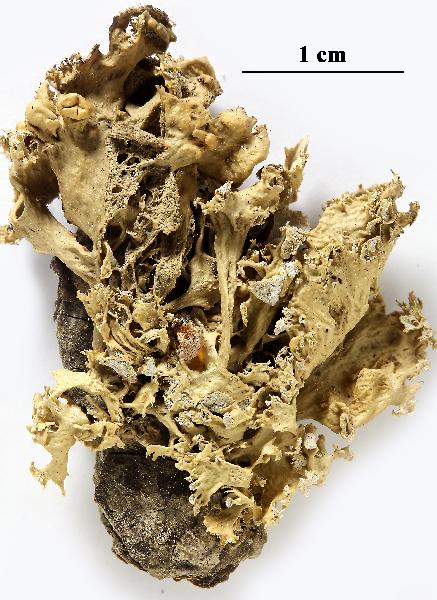

Felix Schumm - CC BY 4.0
[VZ2316], Austria, Carinthia, montes Gurktaler Alpen,
Nockgebiet,Radenthein, in valle Langalmtal, prope hospitium Veidlhütte,
1400 m. Ad corticem arborum. Leg. R. Türk et H. Wittmann. EX A.
V ZDA: LICHENES SELECTI EXSICCATI NR. 2316
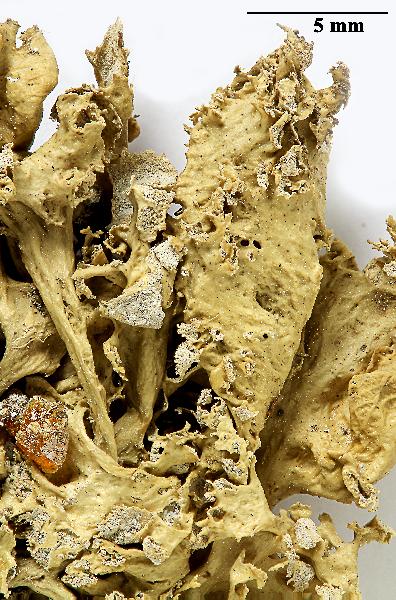

Felix Schumm - CC BY 4.0
[VZ2316], Austria, Carinthia, montes Gurktaler Alpen,
Nockgebiet,Radenthein, in valle Langalmtal, prope hospitium Veidlhütte,
1400 m. Ad corticem arborum. Leg. R. Türk et H. Wittmann. EX A.
V ZDA: LICHENES SELECTI EXSICCATI NR. 2316
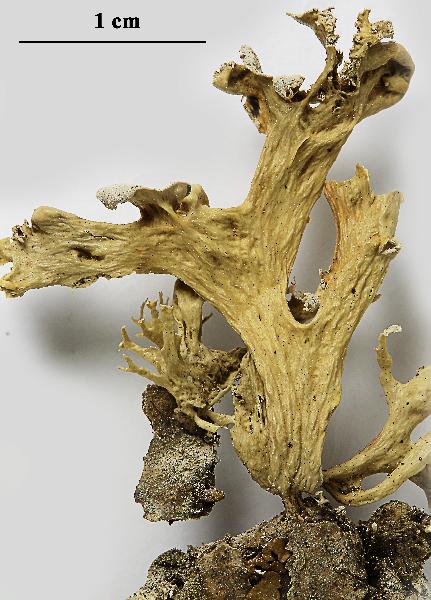

Felix Schumm - CC BY 4.0
[VZ2316], Austria, Carinthia, montes Gurktaler Alpen,
Nockgebiet,Radenthein, in valle Langalmtal, prope hospitium Veidlhütte,
1400 m. Ad corticem arborum. Leg. R. Türk et H. Wittmann. EX A.
V ZDA: LICHENES SELECTI EXSICCATI NR. 2316
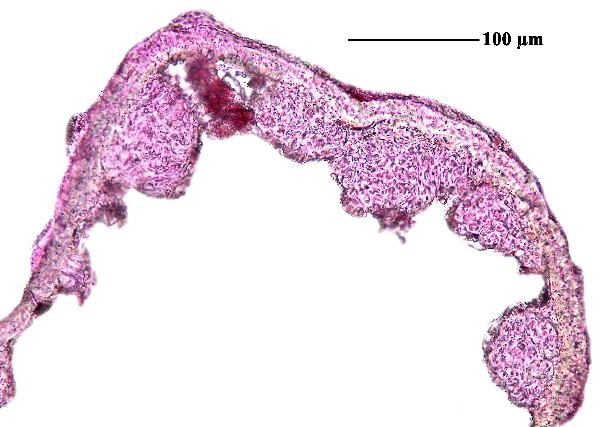

Felix Schumm - CC BY 4.0
[VZ2316], Austria, Carinthia, montes Gurktaler Alpen,
Nockgebiet,Radenthein, in valle Langalmtal, prope hospitium Veidlhütte,
1400 m. Ad corticem arborum. Leg. R. Türk et H. Wittmann. EX A.
V ZDA: LICHENES SELECTI EXSICCATI NR. 2316
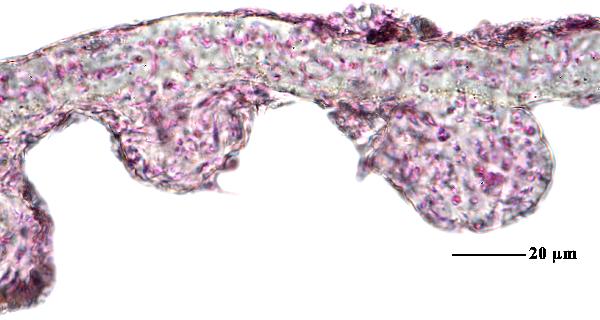

Felix Schumm - CC BY 4.0
[VZ2316], Austria, Carinthia, montes Gurktaler Alpen,
Nockgebiet,Radenthein, in valle Langalmtal, prope hospitium Veidlhütte,
1400 m. Ad corticem arborum. Leg. R. Türk et H. Wittmann. EX A.
V ZDA: LICHENES SELECTI EXSICCATI NR. 2316
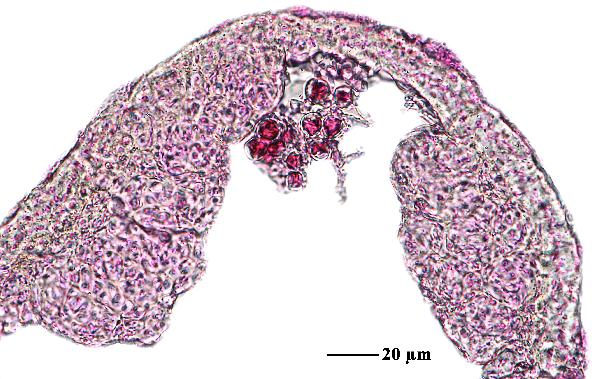

Felix Schumm - CC BY 4.0
[VZ2316], Austria, Carinthia, montes Gurktaler Alpen,
Nockgebiet,Radenthein, in valle Langalmtal, prope hospitium Veidlhütte,
1400 m. Ad corticem arborum. Leg. R. Türk et H. Wittmann. EX A.
V ZDA: LICHENES SELECTI EXSICCATI NR. 2316
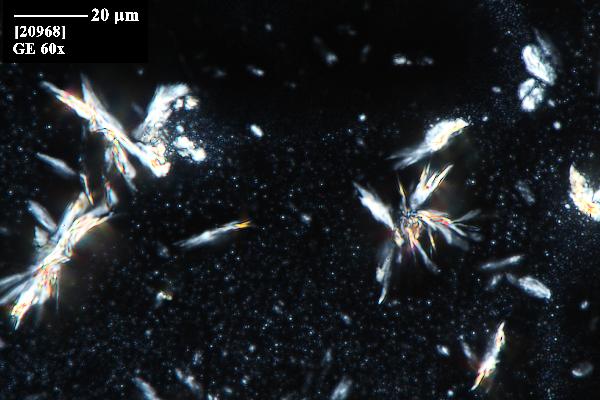

Felix Schumm - CC BY 4.0
[VZ2316], Austria, Carinthia, montes Gurktaler Alpen,
Nockgebiet,Radenthein, in valle Langalmtal, prope hospitium Veidlhütte,
1400 m. Ad corticem arborum. Leg. R. Türk et H. Wittmann. EX A.
V ZDA: LICHENES SELECTI EXSICCATI NR. 2316
Growth form: Fruticose
Substrata: bark
Photobiont: green algae other than Trentepohlia
Reproductive strategy: mainly asexual, by soredia, or soredia-like structures (e.g. blastidia)
Commonnes-rarity: (info)
Alpine belt: absent
Subalpine belt: extremely rare
Oromediterranean belt: absent
Montane belt: very rare
Submediterranean belt: absent
Padanian area: absent
Humid submediterranean belt: absent
Humid mediterranean belt: absent
Dry mediterranean belt: absent

Predictive model
| Herbarium samples |


P.L. Nimis; Owner: Department of Life Sciences, University of Trieste
Herbarium: TSB (11905)
2001/12/04


Juri Nascimbene; Owner: Department of Life Sciences, University of Trieste
Italy, Trentino-Alto Adige, Trento, Villa Welsperg, Centro Visitatori del Parco di Paneveggio; altitude: 1030 m
03.04.2009


Juri Nascimbene; Owner: Department of Life Sciences, University of Trieste
Italy, Trentino-Alto Adige, Trento, Villa Welsperg, Centro Visitatori del Parco di Paneveggio; altitude: 1030 m
03.04.2009


Juri Nascimbene; Owner: Department of Life Sciences, University of Trieste
Italy, Trentino-Alto Adige, Trento, Villa Welsperg, Centro Visitatori del Parco di Paneveggio; altitude: 1030 m
03.04.2009


Juri Nascimbene; Owner: Department of Life Sciences, University of Trieste
Italy, Trentino-Alto Adige, Trento, Villa Welsperg, Centro Visitatori del Parco di Paneveggio; altitude: 1030 m
03.04.2009


Juri Nascimbene; Owner: Department of Life Sciences, University of Trieste
Italy, Trentino-Alto Adige, Trento, Villa Welsperg, Centro Visitatori del Parco di Paneveggio; altitude: 1030 m
03.04.2009


Juri Nascimbene; Owner: Department of Life Sciences, University of Trieste
Italy, Trentino-Alto Adige, Trento, Villa Welsperg, Centro Visitatori del Parco di Paneveggio; altitude: 1030 m
03.04.2009


Juri Nascimbene; Owner: Department of Life Sciences, University of Trieste
Italy, Trentino-Alto Adige, Trento, Villa Welsperg, Centro Visitatori del Parco di Paneveggio; altitude: 1030 m
03.04.2009


Juri Nascimbene; Owner: Department of Life Sciences, University of Trieste
Italy, Trentino-Alto Adige, Trento, Villa Welsperg, Centro Visitatori del Parco di Paneveggio; altitude: 1030 m
03.04.2009


Curtis Randall Björk – CC BY-SA 4.0
British Columbia, Clearwater Valley Date: 2012-04-09 On Picea twig in mixe conifer-deciduous forest


P.L. Nimis; Owner: Department of Life Sciences, University of Trieste
Herbarium: TSB (11905)
2001/12/04
detail of soralium


Felix Schumm - CC BY 4.0
[VZ2316], Austria, Carinthia, montes Gurktaler Alpen, Nockgebiet,Radenthein, in valle Langalmtal, prope hospitium Veidlhütte, 1400 m. Ad corticem arborum. Leg. R. Türk et H. Wittmann. EX A. V ZDA: LICHENES SELECTI EXSICCATI NR. 2316


Felix Schumm - CC BY 4.0
[VZ2316], Austria, Carinthia, montes Gurktaler Alpen, Nockgebiet,Radenthein, in valle Langalmtal, prope hospitium Veidlhütte, 1400 m. Ad corticem arborum. Leg. R. Türk et H. Wittmann. EX A. V ZDA: LICHENES SELECTI EXSICCATI NR. 2316


Felix Schumm - CC BY 4.0
[VZ2316], Austria, Carinthia, montes Gurktaler Alpen, Nockgebiet,Radenthein, in valle Langalmtal, prope hospitium Veidlhütte, 1400 m. Ad corticem arborum. Leg. R. Türk et H. Wittmann. EX A. V ZDA: LICHENES SELECTI EXSICCATI NR. 2316


Felix Schumm - CC BY 4.0
[VZ2316], Austria, Carinthia, montes Gurktaler Alpen, Nockgebiet,Radenthein, in valle Langalmtal, prope hospitium Veidlhütte, 1400 m. Ad corticem arborum. Leg. R. Türk et H. Wittmann. EX A. V ZDA: LICHENES SELECTI EXSICCATI NR. 2316


Felix Schumm - CC BY 4.0
[VZ2316], Austria, Carinthia, montes Gurktaler Alpen, Nockgebiet,Radenthein, in valle Langalmtal, prope hospitium Veidlhütte, 1400 m. Ad corticem arborum. Leg. R. Türk et H. Wittmann. EX A. V ZDA: LICHENES SELECTI EXSICCATI NR. 2316


Felix Schumm - CC BY 4.0
[VZ2316], Austria, Carinthia, montes Gurktaler Alpen, Nockgebiet,Radenthein, in valle Langalmtal, prope hospitium Veidlhütte, 1400 m. Ad corticem arborum. Leg. R. Türk et H. Wittmann. EX A. V ZDA: LICHENES SELECTI EXSICCATI NR. 2316


Felix Schumm - CC BY 4.0
[VZ2316], Austria, Carinthia, montes Gurktaler Alpen, Nockgebiet,Radenthein, in valle Langalmtal, prope hospitium Veidlhütte, 1400 m. Ad corticem arborum. Leg. R. Türk et H. Wittmann. EX A. V ZDA: LICHENES SELECTI EXSICCATI NR. 2316


Felix Schumm - CC BY 4.0
[VZ2316], Austria, Carinthia, montes Gurktaler Alpen, Nockgebiet,Radenthein, in valle Langalmtal, prope hospitium Veidlhütte, 1400 m. Ad corticem arborum. Leg. R. Türk et H. Wittmann. EX A. V ZDA: LICHENES SELECTI EXSICCATI NR. 2316


 INDEX FUNGORUM
INDEX FUNGORUM
 GBIF
GBIF
 DOLICHENS
DOLICHENS
